PSU robot program has a new goal: Fixing automated scarecrows
| Published: 08-08-2023 5:23 PM |
They don’t look much like the dancing co-star of “Wizard of Oz,” but the clunky robots at the heart of a new program at Plymouth State University actually are scarecrows. Or used to be, before they broke down.
“They had been working on and off. It’s been about two years since they were running,” said Bret Kulakovich, an adjunct professor at PSU who oversees the school’s robotics lab as part of its bachelor’s degree in robotics.
The solar-powered, stationary robots were developed to scare birds away from vineyards using sound, lasers and even propane-fueled air cannons triggered by motion detection. Six had been bought by Casella, the waste management firm, which used them to scare away scavengers from landfills. But maintenance had lagged and help was needed
PSU heard about them through an alumnus, and Kulakovich thought they sounded perfect. “There was a course coming up in industrial robotics, and I like having real-world applications. We’re just starting out as well, and it’s nice to work on something other than in-class problems,” he said.
Upon their arrival, it was obvious that a lot of work had to be done.
“They had a lot of working parts but just not all the parts, and some parts that worked weren’t in good shape,” said Kulakovich, pointing to things like a lurking wasp’s nest, lack of power to fans that caused overheating and “a gearbox for the rotating turret — it made a jingling noise. That’s not what you want to hear.”
The big problem, however, was lack of knowledge for systems that dated back a decade or more.
“These were either not labeled at all or made up of components that weren’t sold for the past five or six years. The company that had originally done the software and integration was out of business,” said Kulakovich. “The operating system was Linux, but it was installed in French. The notes for the components were in Chinese. But not all the notes — some were in French,” he said, noting that the name of the Linux distribution “wasn’t Ubuntu, it was L’Ubuntu.”
Article continues after...
Yesterday's Most Read Articles
 Dartmouth administration faces fierce criticism over protest arrests
Dartmouth administration faces fierce criticism over protest arrests
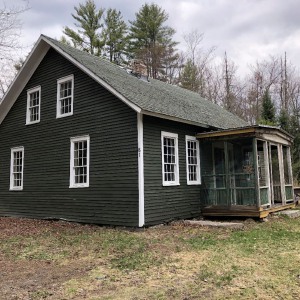 Hanover house added to New Hampshire Register of Historic Places
Hanover house added to New Hampshire Register of Historic Places
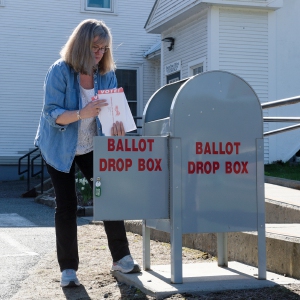 Sharon voters turn back proposal to renovate school
Sharon voters turn back proposal to renovate school
To understand the circuit board controlling the robot, they had to find the manufacturer, starting with Google image searches.
“Eventuall,y we had a website posting on Ali Express,” a Chinese shopping site, but details were in Hebrew. “It had the appearance of that part, gave us the name of the manufacturer and part number and we found some pages scanned in from a manual.”
The next step is a big one as the team tries to give Casella a scalable solution: Deciding whether to keep repairing what’s there or to redesign it and rebuild it from scratch, taking advantage of a decade’s improvements in software, electronics and hardware.
That’s exactly the sort of decision-making that college courses should teach, Kulakovich noted: “There are certainly some forensic adventures going on.”
The robotics degree, which PSU says was the first of its kind in state, launched in 2021. It recently received a $1 million federal grant to help build a new lab.

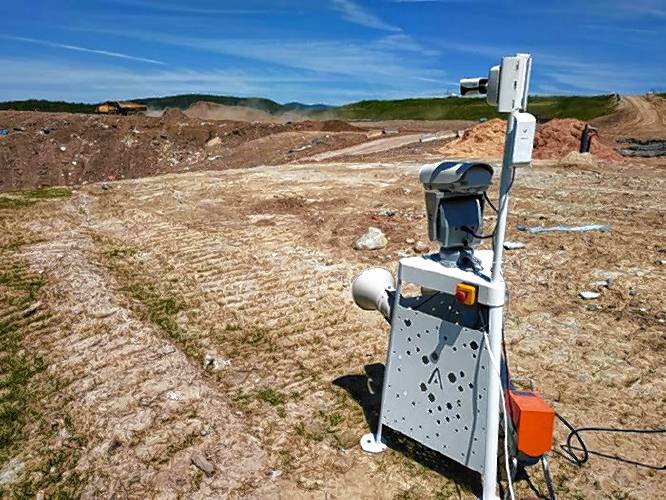
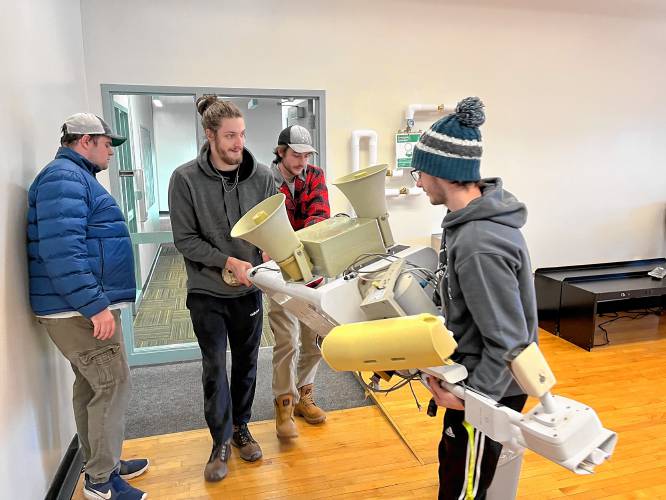
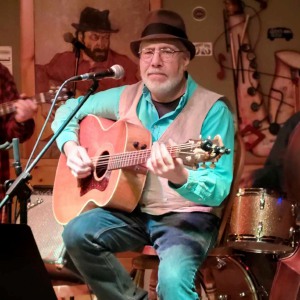 Art Notes: Canaan Meetinghouse showcase brings musicians and listeners together
Art Notes: Canaan Meetinghouse showcase brings musicians and listeners together A Look Back: Upper Valley dining scene changes with the times
A Look Back: Upper Valley dining scene changes with the times The future of fertilizer? Pee, says this Brattleboro institute
The future of fertilizer? Pee, says this Brattleboro institute From dirt patch to a gateway garden, a Randolph volunteer cultivates community
From dirt patch to a gateway garden, a Randolph volunteer cultivates community 
